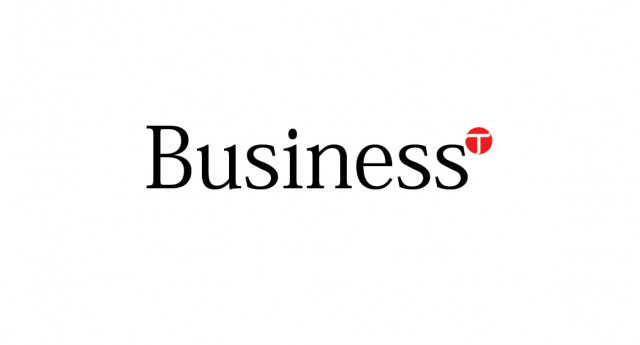
The Big Mac Index may be a bit of a joke, albeit a highly nerdy one at that, but its insights are not entirely wrong about the value of the Pakistani rupee. The index relies on an economic concept known as purchasing power parity (PPP), which suggests that a basket of goods in one country should, over the long run, converge in price to a similar basket of goods in another country. While the Big Mac Index utilises only one item in its basket, hence making it less than analytically useful, other more comprehensive calculations of purchasing power parity also suggest that the rupee is undervalued, indeed more so than the Big Mac Index.
According to the latest calculations by the International Monetary Fund, for example, Pakistan’s gross domestic product is 2.63 times larger in purchasing parity terms than in nominal terms. Simply put, this means that, according to the IMF, the Pakistani rupee is undervalued by 62.1 per cent and should be worth around Rs32.50 per US dollar. The World Bank estimates reach a similar conclusion that the rupee is undervalued by over 60 per cent as well.
This is not to suggest at all that these international financial institutions recommend that the rupee’s value should increase or will increase any time soon. Indeed, the evidence from the past 30 years suggests that the rupee rarely ever regains any of the value that it inexorably keeps on losing every year. And exporters will argue that the undervalued rupee helps their products remain competitive in a global marketplace where they would otherwise not be able to compete against even other developing countries with better infrastructure than Pakistan.
But it does call into question the strategy that some individual investors adopt for investing in foreign currencies. While several factors influence the price of a currency at any given moment in time, including supply and demand, relative interest rates, etc, perhaps the single most important factor to bear in mind is inflation. The so-called strategy of “investing” in foreign currencies does not beat inflation.
Since fiscal year 1991, the rupee has declined by an average rate of 6.49 per cent a year against the US dollar. During this same time period, inflation has been averaging around 9.3 per cent per annum. Simply put, a person who “invests” in dollars (or really any other foreign currency – figures for the others are similar) has been losing an average of 2.6 per cent of their investment in real terms per year.
Sure, technically holding dollars is better than holding rupees in the sense that US inflation rates are much lower than Pakistani inflation rates and one loses less money. But they are plenty of investment opportunities within Pakistan that promise far greater potential for actual gains instead of minimised losses. I have already advocated stocks, though that recommendation seems only to aggravate many of the readers of this column. The case for mutual funds has also been made in these pages before, though for some odd reason people found that offensive as well.
Be that as it may, one would strongly advise retail investors against trying to play the currency markets. They are amongst the most volatile in the world. The total volume of currency trade around the world averages around $8 trillion per day. To put that in perspective, that was the total volume of global trade during the entire calendar year 2007, one of the peak years. This market is essentially a giant horde of speculators, many of whom have managed to bring down entire economies (Thailand and Britain come to mind). Do you really feel like swimming amongst these sharks? “Well, do ya’... punk?” In the immortal words of Clint Eastwood.
Published in The Express Tribune, July 26th, 2010.


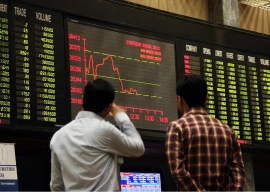
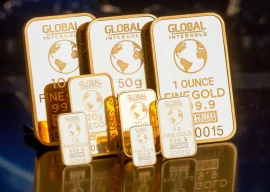
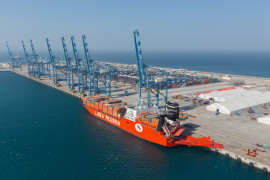
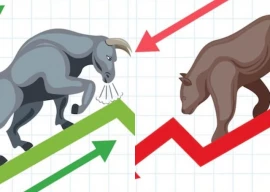











COMMENTS
Comments are moderated and generally will be posted if they are on-topic and not abusive.
For more information, please see our Comments FAQ